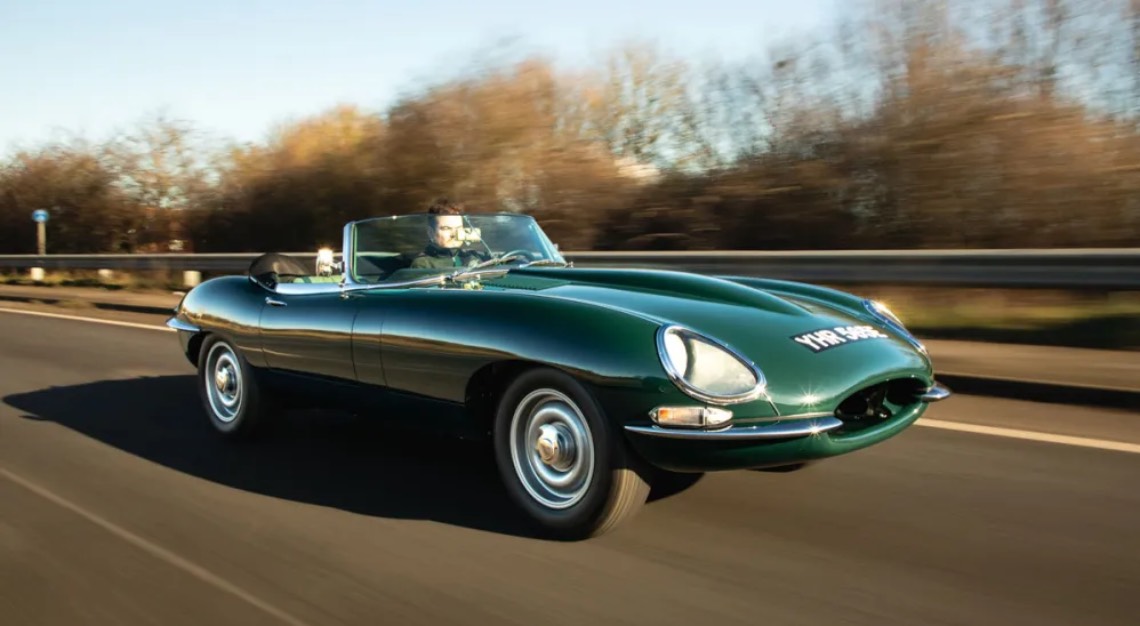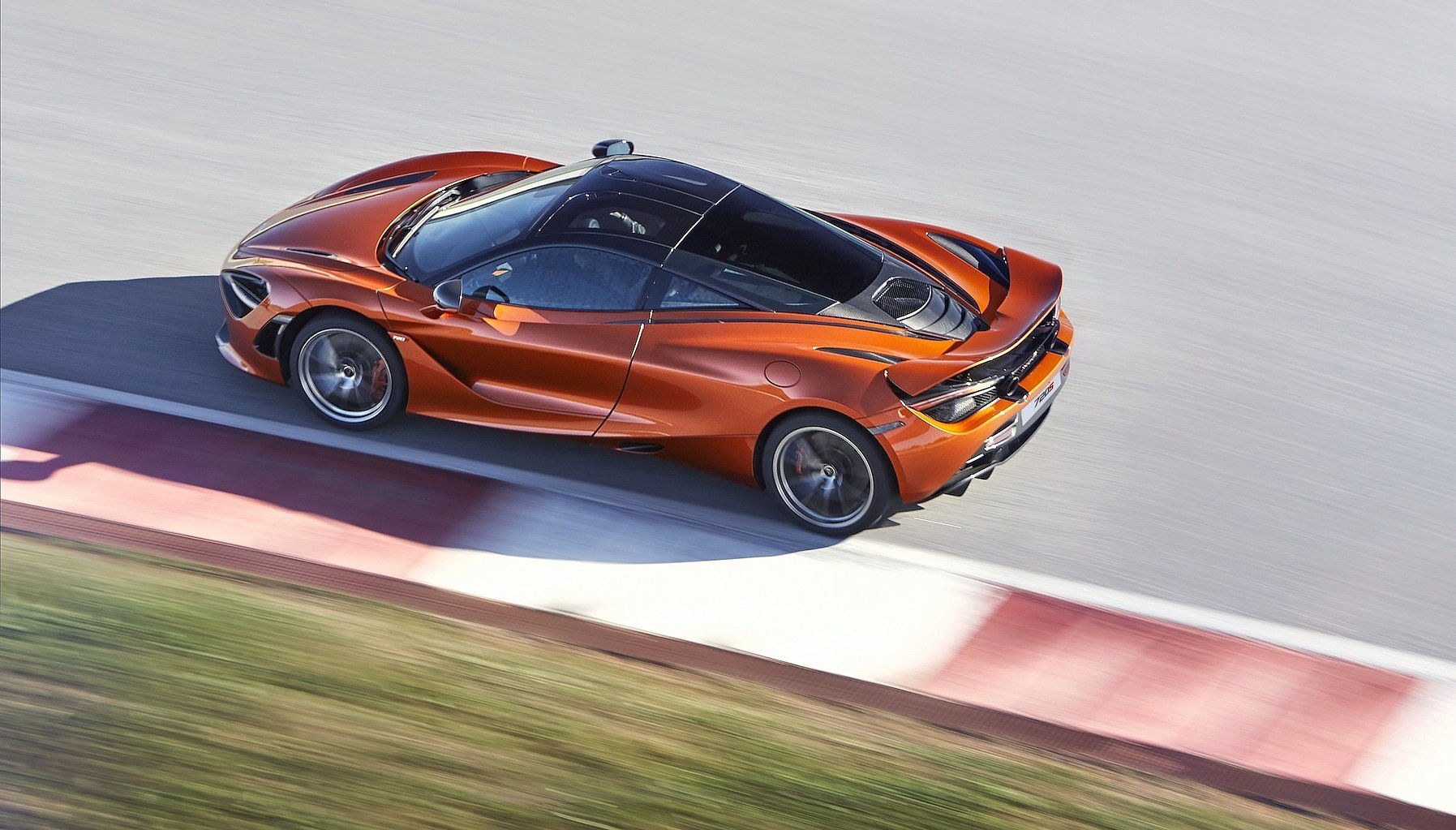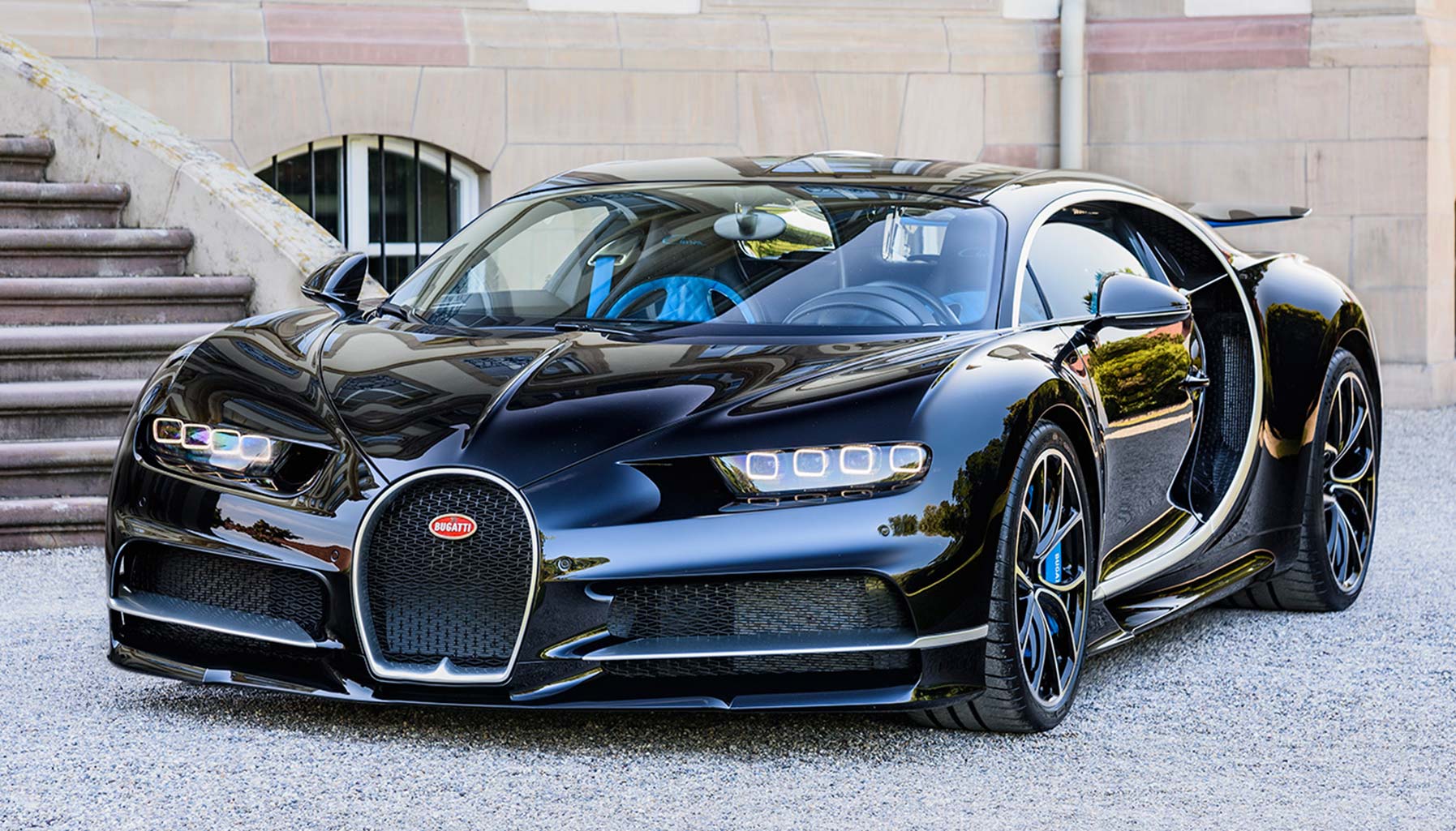From the team at E-Type UK, this restomod of the classic model’s Series 1 makes 420 hp and reflects at least 4,000 hours of work
Live vivid. Delete ordinary. Create exuberant. The Jaguar rebrand is either a bold vision of the future or an impenetrable word salad. Maybe both. Still, if there really is no such thing as bad publicity, the British marque is arguably off to a flying (re)start. The last time Jaguar generated so many headlines was in 1961. Revealed at the Geneva Motor Show—where it arrived with minutes to spare, after a flat-out overnight drive from Coventry to Switzerland—the Jaguar E-Type was a sensation. It was breathtakingly beautiful, capable of a claimed 150 mph (241 km/hr), and half the price of an equivalent Aston Martin or Ferrari.
Jaguar planned to sell 200 examples, but received 500 orders on the stand at Geneva alone. When the E-Type—known as the XK-E in North America—finally bowed out in 1974, a total of 72,528 examples had been built. Now, located on a farm about 30 minutes from outer London, E-Type UK is one of the leading specialists in Jaguar’s still-revered sports car.
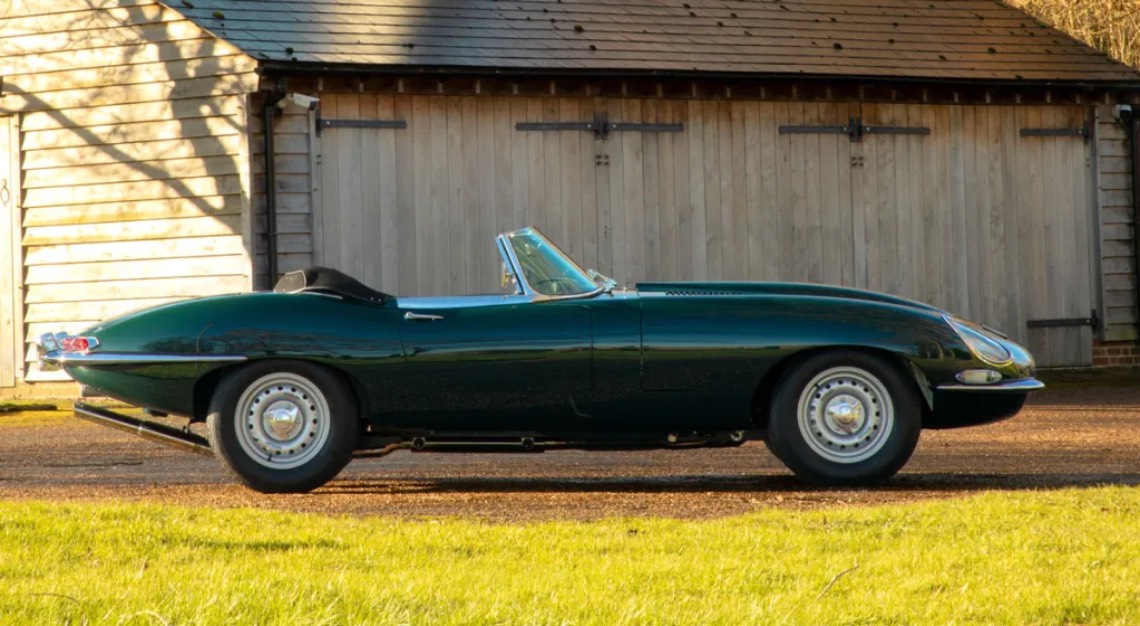
The company already sells an “Unleashed” restomod based on the V-12-engined E-Type Series 3, but has now turned its attention to the original Series 1. The project is billed as “the ultimate straight-six tourer.”
I meet E-Type UK sales manager Jack Twinam in a former barn that is now a bustling workshop. There are at least 10 E-Types in differing stages of repair or restoration—including one with the wonderful UK license plate “150 MPH”—alongside other classics such as a Jaguar Mk2 and Jensen Interceptor. The fifth E-Type Unleashed, a roadster in a deep BMW blue, is nearing completion, too.
“Building an Unleashed takes a minimum of 4,000 hours, and this car is in the same ballpark,” says Twinham. However, while a V-12 Series 3 makes for a relatively affordable donor car, the six-cylinder Series 1 is more sought after and, accordingly, more expensive. “Reckon on upwards of £50,000 for a non-runner, then around £200,000 for a complete rebuild with upgrades,” I’m told.
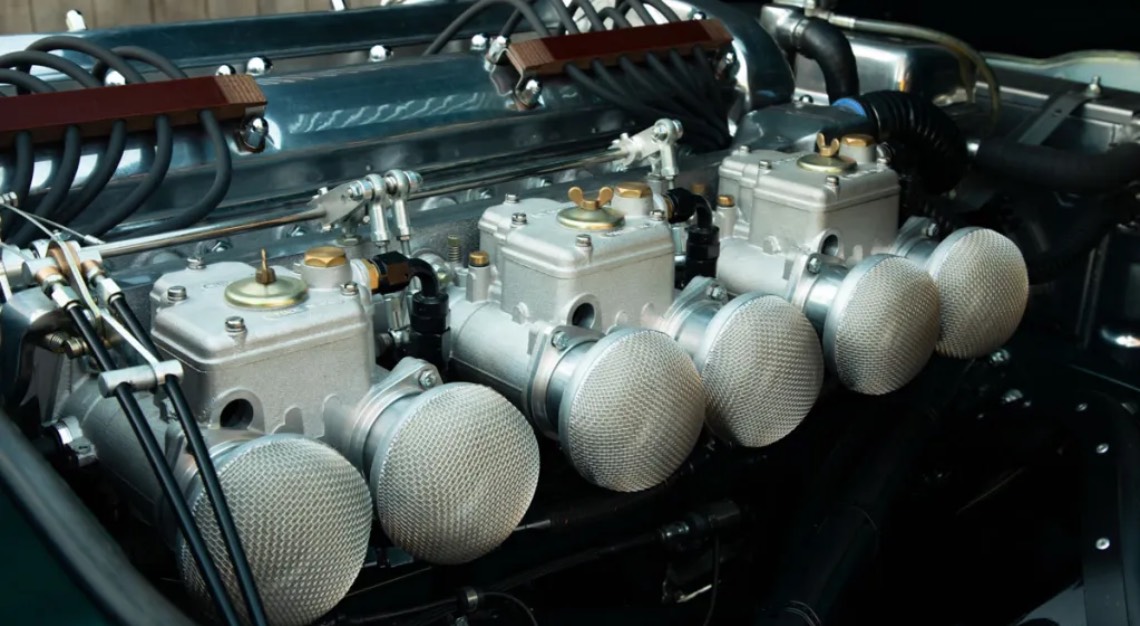
This particular car rolled out of the Browns Lane plant in 1967, for export to California. Its first owners were a Los Angeles–based family, who gifted it to their daughter when she left for college. Two years later, having covered around 19,000 miles, the E-Type was placed into storage, where it remained for nearly five decades before being repatriated to the UK.
E-Type aficionados favour the earlier cars because they are purer and prettier. So while the Unleashed is clearly modernised, with features such as LED “angel eye” headlights, this Jaguar looks closer to how its maker intended—including the original colour combination of British Racing Green with a Suede Green leather interior. Even on a gray winter day, it radiates 1960s glamour.
The few cosmetic changes are a respectful nod to Jaguar’s D-Type and XKSS race cars. E-Type UK has removed the bumper overriders and chrome crossbar within the front grille, helping the engine to breathe better. The factory-fit wire wheels have also been swapped for Dunlop-replica steel rims with splined hubs and triple-eared spinners.
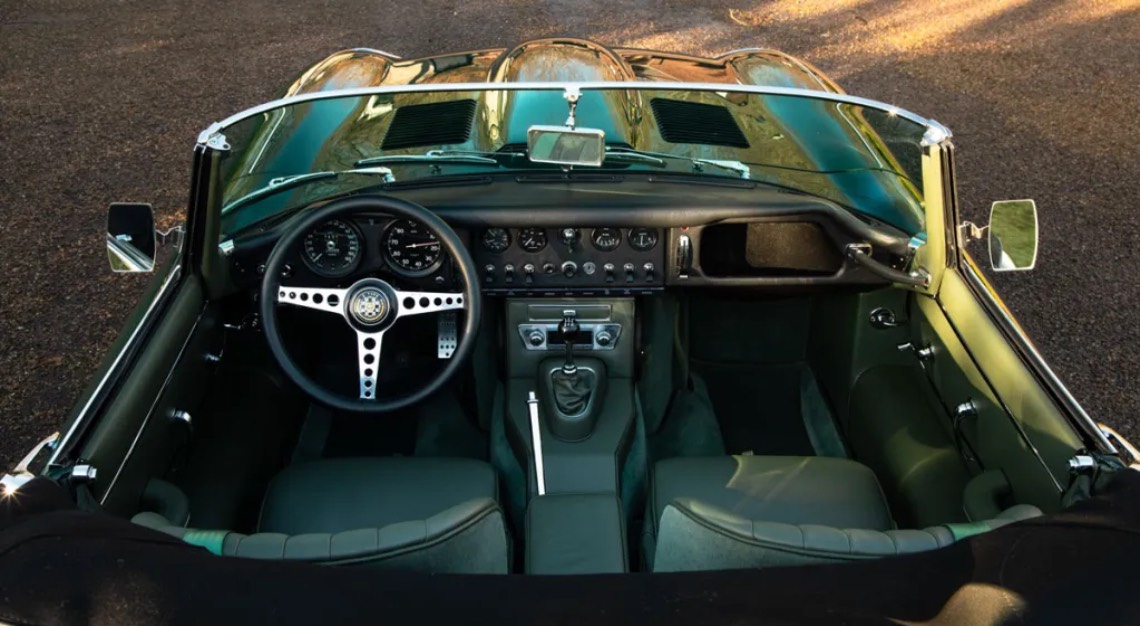
Lift the E-Type’s long, front-hinged hood and more changes are apparent. The 4.2-litre engine has been bored out to 4.7 litres, with a new twin-plug cylinder head and electronic fuel injection—using Jenvey heritage-style throttle bodies—replacing the stock Weber carburetors. There is also an upgraded cooling system to boost reliability, including an aluminium radiator, retro-looking silicone hoses, and a high-flow fan, plus a bespoke six-branch manifold and a stainless-steel exhaust system.
The vehicle’s overall output is 420 hp—around 150 hp more than stock—and 390 ft lbs (529 Nm) of torque, which drives the rear wheels via a five-speed manual gearbox. With a curb weight of around 2,850 pounds (1,293 kg), this restomod delivers brisk performance, reined in when necessary by vented disk brakes with E-Type UK’s own four-piston front callipers.
Twinham hands me a dainty key and I open the driver’s door, sliding across a wide sill into a snug bucket seat. These retrimmed racing buckets would originally have been bolted to the floor, but E-Type UK has machined custom runners to allow for adjustment. The white-on-black Smiths dials and RetroSound DAB radio look reassuringly classic (no glaring touchscreens here) and the standard of finish is seemingly flawless. On the minus side, elbow-room is tight, the pedals are offset, and the windshield’s header rail is awkwardly low for taller drivers.
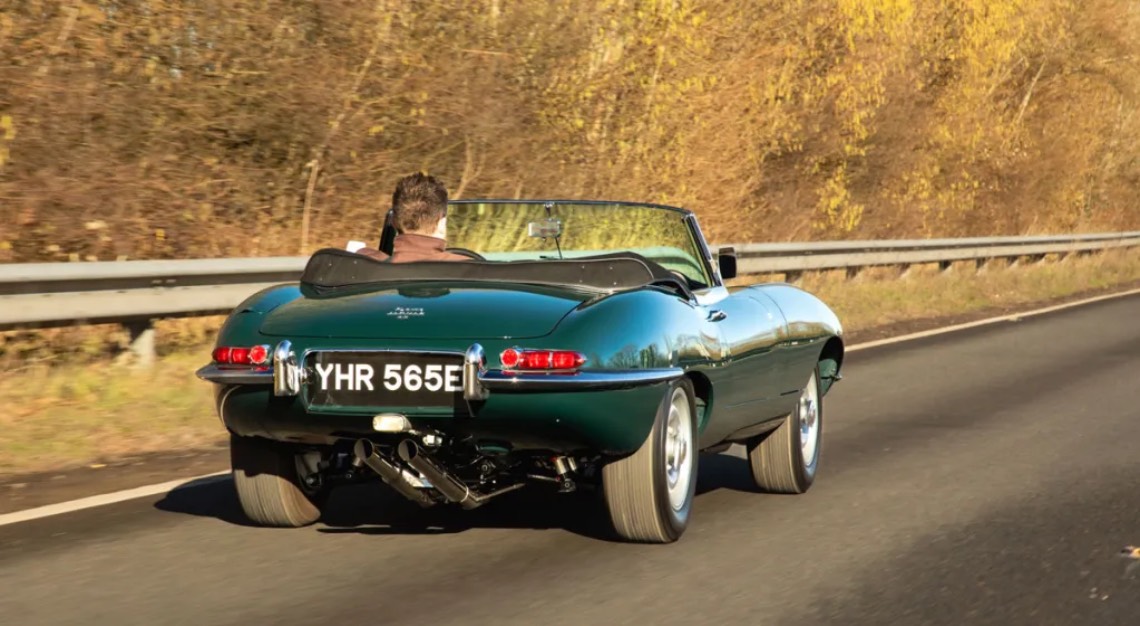
Fortunately, the weather is playing ball, so I can enjoy limitless headroom by retracting the fabric roof—a process involving catches, hooks, and metal poppers that takes about two minutes. The engine ignites with a big-chested bark, I slot first gear and release the spindly handbrake lever. The English countryside awaits.
Piloting a left-hand-drive, California-spec car on UK roads requires some mental adjustment, as does changing gears with the “wrong” hand (sorry, US readers). However, the E-Type’s slim hips make it easy to thread along narrow lines, zipping between the hedgerows and oncoming SUVs. Everyone gives way and waves you respectfully out of junctions in a car as elegant as this one, too.
If you think 420 hp sounds like a lot in an E-Type, you’d be right. The smooth, full-bodied roar of the straight-six is overlaid by rasps from the upswept tailpipes as the race-style “telltale” rev counter flicks upwards. It feels vibrant and muscular, but not like an over-engined hot rod, the extra power managed by wider, 205-section Blockley tires and spanner-adjustable suspension with uprated dampers. The compact, leather-bound Moto-Lita steering wheel is also much grippier than spindly wooden wheels of old, and benefits from power assistance to reduce effort at low speeds.
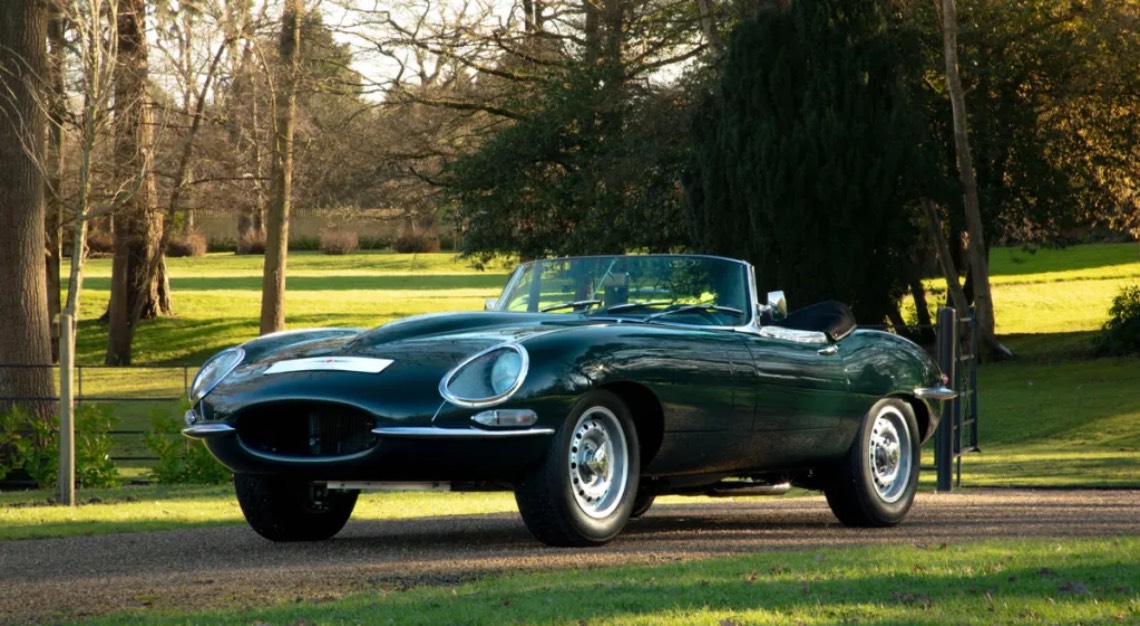
With the chill wind skimming my scalp and a strange sense of nostalgia for a time before I was born, I imagine that this is how an E-Type should feel today, rather than the disappointing reality confronted at times when dealing with a vehicle nearing 60 years old. This reimagined E-Type doesn’t have the dynamic polish of a modern car—there is still notable body roll, the gearshift is obstructive when cold, and cornering grip is limited—and thus retains plenty of classic character. But the modifications have layered on extra performance, more nuanced feedback, and improved durability for the long-distance road trips the new owner has in mind.
The overall result is the best E-Type I have driven: a sympathetic restomod done right. Forget living vivid and creating exuberant, if Jaguar can channel a little of this magic into its forthcoming electric GT, there is hope for the storied marque yet.
This story was first published on Robb Report USA
